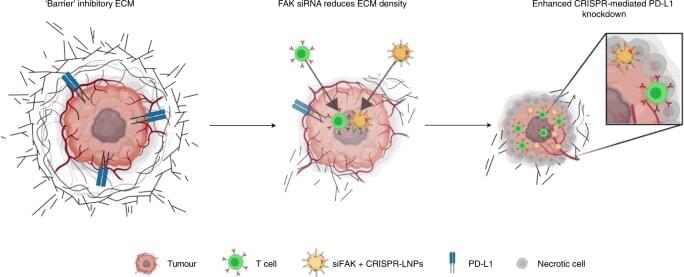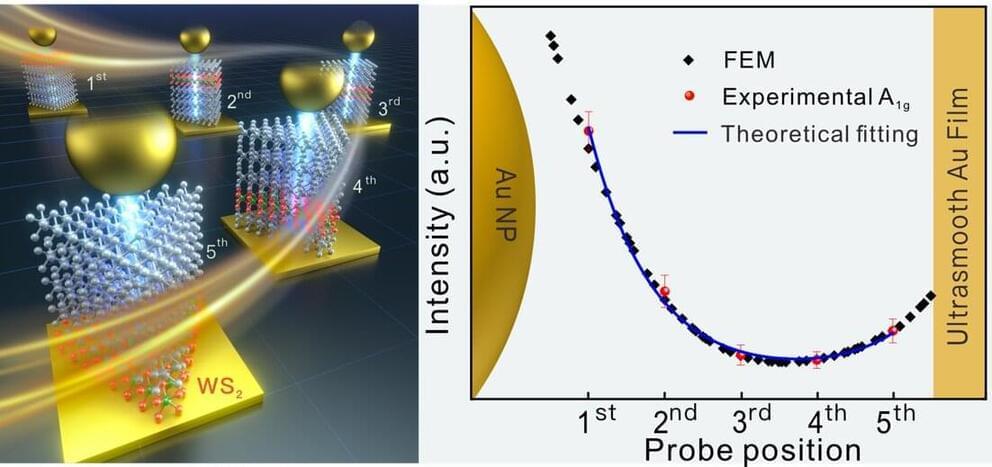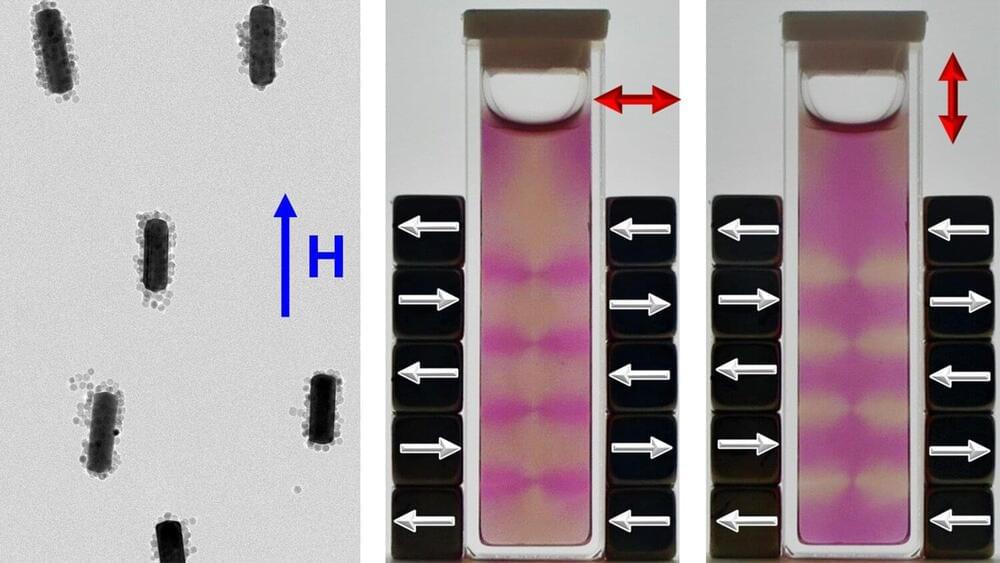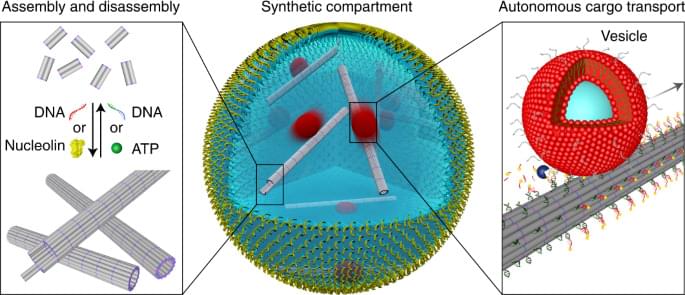Professor Pattie Maes deep insights working with her research team of Joanne Leong, Pat Pataranutaporn, Valdemar Danry are world leading in their translational research on tech-human interaction. Their highly interdisciplinary work covering decades of MIT Lab pioneering inventions integrates human computer interaction (HCI), sensor technologies, AI / machine learning, nano-tech, brain computer interfaces, design and HCI, psychology, neuroscience and much more. I participated in their day-long workshop and followed-up with more than three hours of interviews of which over an hour is transcribed in this article. All insights in this article stem from my daily pro bono work with (now) more than 400,000 CEOs, investors, scientists/experts. MIT Media Lab Fluid Interfaces research team work is particularly key with the June 21 announcement of the Metaverse Standards Forum, a open standards group, with big tech supporting such as Microsoft and Meta, chaired by Neil Trevett, Khronos President and VP Developer Ecosystems at NVIDIA. I have a follow-up interview with Neil and Forbes article in the works. In addition, these recent announcements also highlight why Pattie Maes work is so important: Deep Mind’s Gato multi-modal, multi-task, single generalist agent foundational to artificial general intelligence (AGI); Google’s LaMDA Language Model for Dialogue Applications which can engage in free-flowing dialogue; Microsoft’s Build Conference announcements on Azure AI and OpenAI practical tools / solutions and responsible AI; OpenAI’s DALL-E 2 producing realistic images and art from natural language descriptions.
Full Story:






